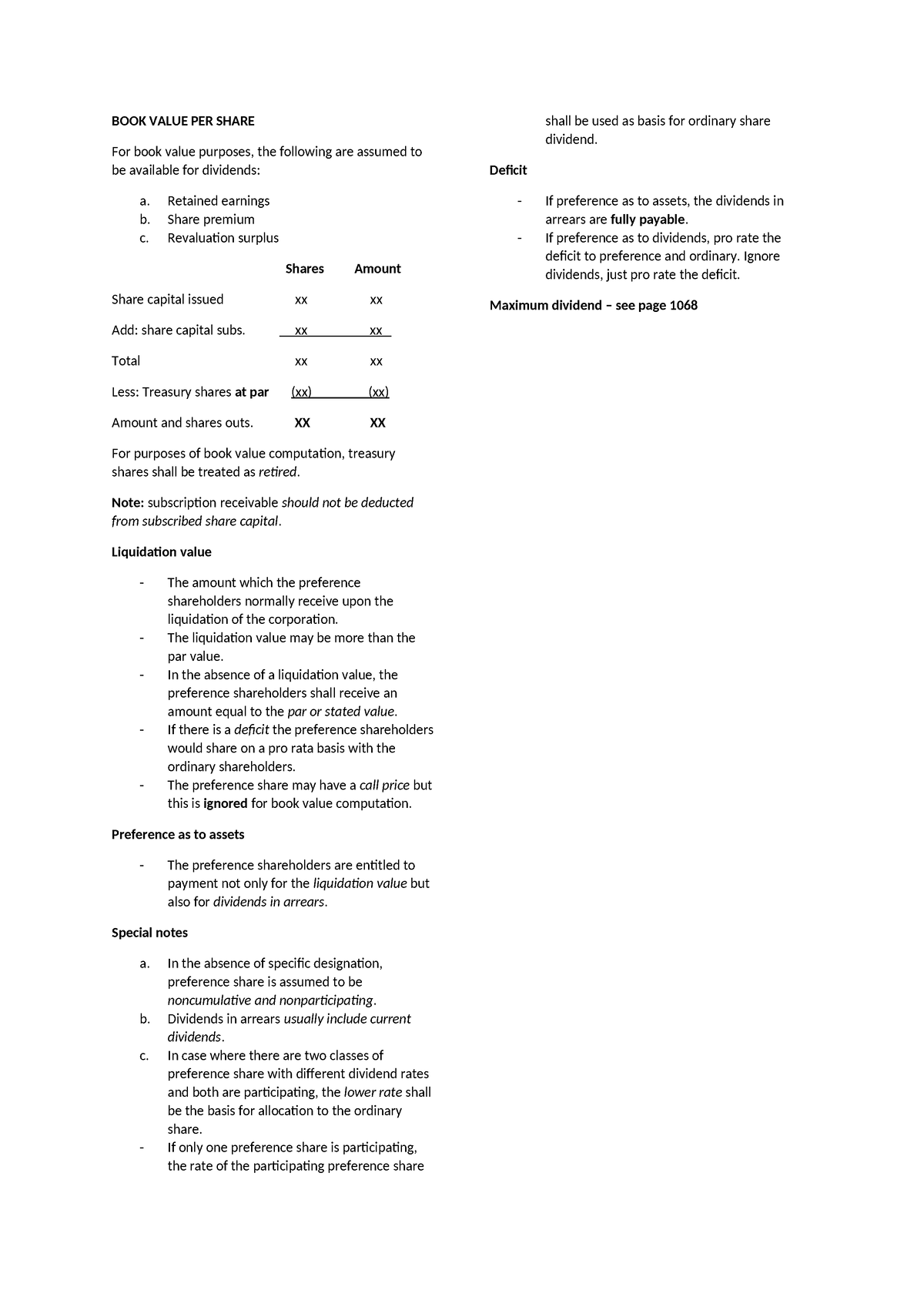
As an example, consider this hypothetical balance sheet for a company that tracks the book value of its property, plant, and equipment (it’s common to group assets together like this). At the bottom, the total value accounts for depreciation to reveal the company’s total book value of all of these assets. On a real balance sheet, this figure would then be combined with revenue, debt, and other factors to give a sense of the company’s overall book value. You can also find the book value of a company by subtracting intangible assets (non-physical items of value) and liabilities from total assets. Calculating the book value of your small business shows you how much your company would be worth if you were to liquidate your assets.
Calculating Depreciation
- Usually, links between assets and debts are clear, but this information can sometimes be played down or hidden in the footnotes.
- It is the value at which the assets are valued in the balance sheet of the company as on the given date.
- The discounted cash flow analysis method is used to determine the value of an asset based on its future cash flows.
- As noted above, another way to calculate book value is to subtract a business’ total liabilities from its total assets.
- Under this method, assets are recorded at their original purchase price.
They are listed in order of liquidity (how quickly they can be turned into cash). The book value shown on the balance sheet is the book value for all assets in that specific category. After the initial purchase of an asset, there is no accumulated depreciation yet, so the book value is the cost.
Which of these is most important for your financial advisor to have?
They evaluate it with several other metrics, including price-to-earnings ratio, free cash flow trends, debt-to-equity ratio, and payout ratio for dividend stocks. As noted, book value and the metrics derived from it come from balance sheet numbers david raissipour senior vice president engineering and products carbonite — which may not be a true representation of value. When an asset is initially acquired, its carrying value is the original cost of its purchase. The carrying value of an asset is based on the figures from a company’s balance sheet.
Depreciable, amortizable and depletable assets
Additional factors like shareholder equity and debt may also have to be accounted for when assessing the book value of an entire company. If an asset’s book value is lower than its fair market value, you have asset impairment. You must update your records by creating an impaired asset journal entry. Generally, you cannot find the absolute book value of your intangible assets like intellectual property and your business’s reputation.
Investment and Capital Structure
There are a variety of ways to value an asset and record it, but the most common is taking the purchase price of the asset and subtracting its depreciation cost. One type of asset that can be forgotten alongside tangible assets is intangible assets. These can be included as a part of your total assets if they appear on your financial statements.

There are several fundamental accounting concepts that every accountant must understand to maintain accurate financial records. Accounting values refer to the principles and standards that guide the preparation and presentation of financial statements. They are the underlying concepts that ensure financial information is accurate, relevant, and reliable. The book value of assets is important for tax purposes because it quantifies the depreciation of those assets. Depreciation is an expense, which is shown in the business profit and loss statement.
It helps investors, creditors, and other stakeholders to assess a company’s financial health, profitability, and risk profile. Unlike fair market value, you need to record book value on your small business balance sheet. And, your business’s book value is the same as the equity listed on your balance sheet. Book value, also called carrying value or net book value, is an asset’s original cost minus its depreciation.
Like a person securing a car loan by using their house as collateral, a company might use valuable assets to secure loans when it is struggling financially. The answer could be that the market is unfairly battering the company, but it’s equally probable that the stated book value does not represent the real value of the assets. Companies account for their assets in different ways in different industries, and sometimes even within the same industry.
The book value of an asset is the value of that asset on the «books» (the accounting books and the balance sheet) of a company. Businesses can use this calculation to determine how much depreciation costs they can write off on their taxes. Since book value is strictly an accounting and tax calculation, it may not always perfectly align with the fair market value of an asset. Book value (also carrying value) is an accounting term used to account for the effect of depreciation on an asset.